Suprachiasmatic nucleus
Overview
The Suprachiasmatic Nucleus (SCN) is a tiny region of the brain in the hypothalamus, situated directly above the optic chiasm. It is responsible for controlling circadian rhythms. The neuronal and hormonal activities it generates regulate many different body functions in a 24-hour cycle, using around 20,000 neurons[^1^].

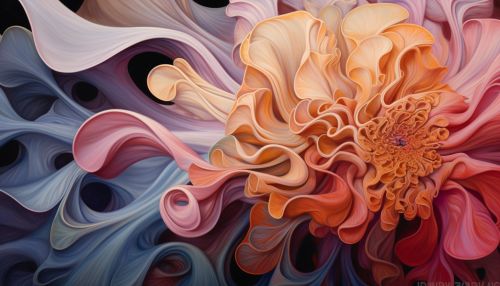
Anatomy
The SCN is located in the anterior hypothalamus, just above the optic chiasm, from which it receives input. It is a bilateral structure, with each side containing approximately 10,000 neurons[^2^]. The SCN is divided into two main subregions, the ventrolateral (VL) SCN and the dorsomedial (DM) SCN. The VL receives direct retinal input and influences the DM, which in turn controls the rhythmic expression of clock genes[^3^].
Function
The main role of the SCN is to control circadian rhythms, which are physical, mental, and behavioral changes that follow a daily cycle. These rhythms are found in most living things, including animals, plants, and many tiny microbes[^4^]. The SCN generates and regulates these rhythms, even in the absence of light. It does this by producing a signal that can keep the rest of the body on an approximately 24-hour schedule[^5^].
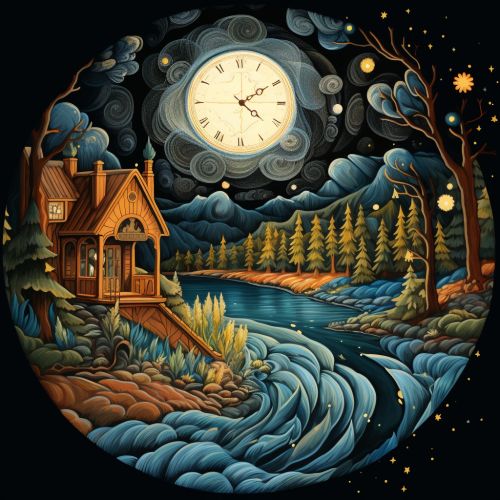

Circadian Rhythms
Circadian rhythms are physical, mental, and behavioral changes that follow a daily cycle. They are found in most living things, including animals, plants, and many tiny microbes[^6^]. The SCN generates and regulates these rhythms, even in the absence of light. It does this by producing a signal that can keep the rest of the body on an approximately 24-hour schedule[^7^].
Molecular Mechanism
The molecular mechanism of the SCN involves a set of core clock genes. These genes code for proteins that interact in a feedback loop, which results in the oscillation of gene expression. The main loop involves the genes Clock and Bmal1, which form a complex that promotes the expression of the Period (Per) and Cryptochrome (Cry) genes[^8^].
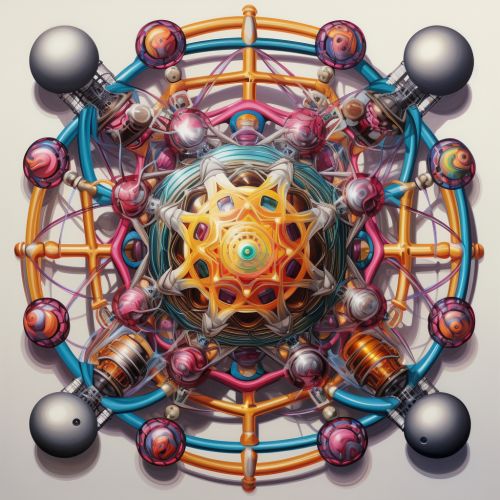
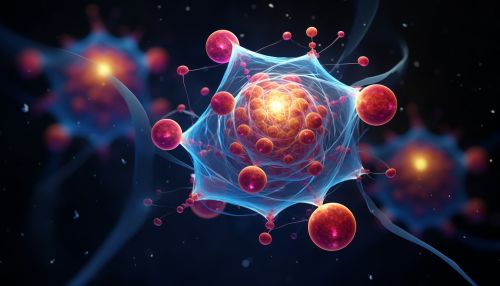
Clinical Significance
Disruptions to the SCN and the circadian rhythms it controls can have significant effects on health. Conditions such as insomnia, depression, bipolar disorder, and seasonal affective disorder have all been linked to abnormalities in circadian rhythms[^9^]. Additionally, shift work and jet lag can disrupt the normal function of the SCN, leading to health problems[^10^].
Research
Research into the SCN and circadian rhythms is a rapidly expanding field. This research has implications for a wide range of areas, including sleep disorders, mental health conditions, and the development of drugs to treat these conditions[^11^].

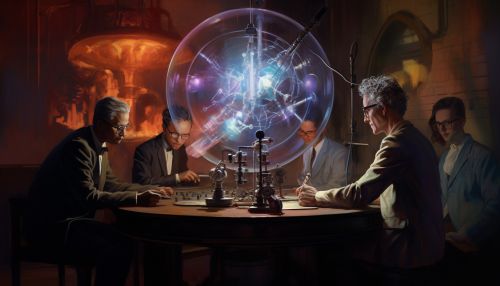
See Also
References
[^1^]: Welsh, D. K., Logothetis, D. E., Meister, M., & Reppert, S. M. (1995). Individual neurons dissociated from rat suprachiasmatic nucleus express independently phased circadian firing rhythms. Neuron, 14(4), 697-706. [^2^]: Moore, R. Y., & Eichler, V. B. (1972). Loss of a circadian adrenal corticosterone rhythm following suprachiasmatic lesions in the rat. Brain research, 42(1), 201-206. [^3^]: Antle, M. C., & Silver, R. (2005). Orchestrating time: arrangements of the brain circadian clock. Trends in neurosciences, 28(3), 145-151. [^4^]: Dibner, C., Schibler, U., & Albrecht, U. (2010). The mammalian circadian timing system: organization and coordination of central and peripheral clocks. Annual review of physiology, 72, 517-549. [^5^]: Mohawk, J. A., Green, C. B., & Takahashi, J. S. (2012). Central and peripheral circadian clocks in mammals. Annual review of neuroscience, 35, 445-462. [^6^]: Dibner, C., Schibler, U., & Albrecht, U. (2010). The mammalian circadian timing system: organization and coordination of central and peripheral clocks. Annual review of physiology, 72, 517-549. [^7^]: Mohawk, J. A., Green, C. B., & Takahashi, J. S. (2012). Central and peripheral circadian clocks in mammals. Annual review of neuroscience, 35, 445-462. [^8^]: Takahashi, J. S. (2017). Transcriptional architecture of the mammalian circadian clock. Nature reviews. Genetics, 18(3), 164–179. [^9^]: Wulff, K., Gatti, S., Wettstein, J. G., & Foster, R. G. (2010). Sleep and circadian rhythm disruption in psychiatric and neurodegenerative disease. Nature Reviews Neuroscience, 11(8), 589-599. [^10^]: Wright Jr, K. P., Hull, J. T., & Czeisler, C. A. (2002). Relationship between alertness, performance, and body temperature in humans. American Journal of Physiology-Regulatory, Integrative and Comparative Physiology, 283(6), R1370-R1377. [^11^]: Hastings, M. H., Reddy, A. B., & Maywood, E. S. (2003). A clockwork web: circadian timing in brain and periphery, in health and disease. Nature Reviews Neuroscience, 4(8), 649-661.
